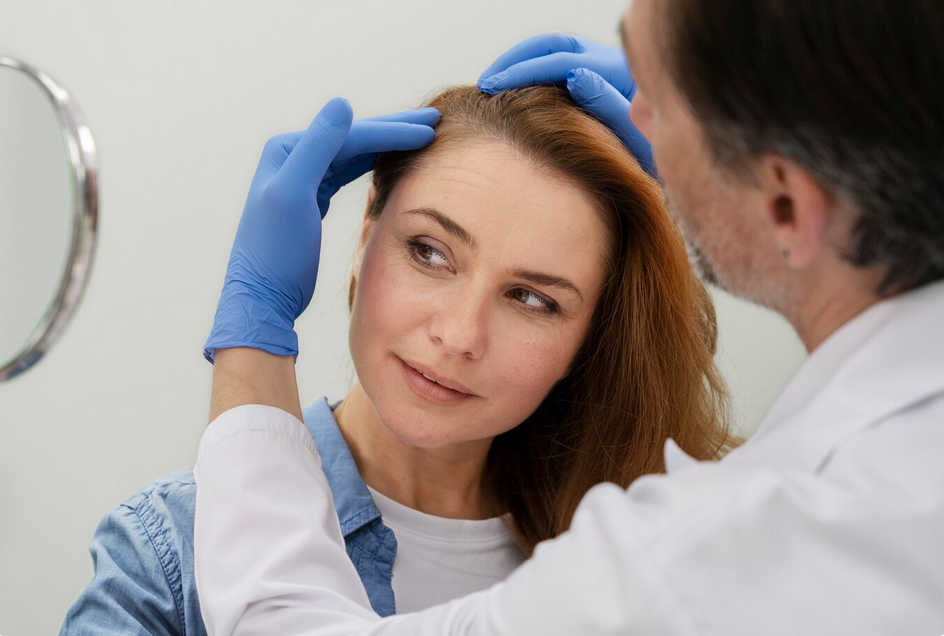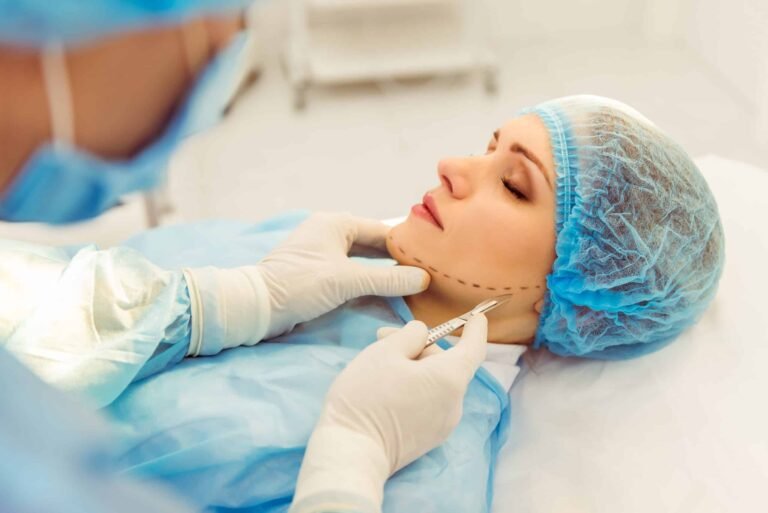Hairline correction surgery is a specialized cosmetic procedure designed to reshape or lower the hairline to create a more balanced, natural, and aesthetically pleasing forehead and overall facial appearance. It is particularly popular in South Korea, where precise facial aesthetics and harmony are highly valued.
If you’re new to this topic, here’s everything you need to know about hairline correction surgery from the perspective of expert Korean clinics.
1. What Is Hairline Correction Surgery?
Hairline correction surgery, also known as hairline lowering or hairline advancement, involves surgically adjusting the position, shape, or contour of the hairline. This can include:
- Lowering a high forehead by advancing the hair-bearing scalp forward.
- Reshaping an uneven, asymmetrical, or receding hairline.
- Creating a softer, more feminine hairline shape, often desired by women.
- Correcting M-shaped or widow’s peak hairlines for a more balanced look.
The surgery is often combined with hair transplantation to fill in areas or refine the hairline for a natural finish.
2. Who Is a Good Candidate?
Korean clinics typically recommend hairline correction surgery for patients who:
- Have a high or overly large forehead that affects facial proportions.
- Desire a more youthful or feminine hairline shape.
- Experience uneven or receding hairlines not fully correctable by hair transplantation alone.
- Have sufficient scalp laxity (scalp looseness) to allow hairline advancement without excessive tension.
- Are in good overall health and have realistic expectations.
3. How Is the Procedure Done?
Hairline correction surgery usually involves the following steps:
- Consultation and Planning: Doctors analyze facial proportions, scalp elasticity, and hair density. Digital imaging may be used to simulate post-surgery results.
- Anesthesia: The surgery is typically performed under local anesthesia with sedation or general anesthesia, depending on the case.
- Incision and Scalp Advancement:
- A curved incision is made along the planned new hairline.
- The scalp is carefully separated from the underlying tissue.
- The scalp is then advanced forward and secured in place, effectively lowering the hairline.
- Excision of Excess Forehead Skin: Any extra forehead skin is removed to allow proper advancement and tightening.
- Closure: The incision is closed meticulously with fine sutures or staples to minimize visible scarring.
- Optional Hair Transplant: Sometimes a hair transplant is performed simultaneously to enhance hairline density and shape.
4. What to Expect During Recovery
- Swelling and Bruising: Mild swelling around the forehead and eyes is common for several days.
- Pain and Discomfort: Usually mild to moderate, controlled with prescribed medications.
- Scarring: Korean surgeons use advanced closure techniques to minimize scars. Scars typically fade over several months.
- Suture Removal: Stitches are generally removed within 7 to 10 days.
- Return to Normal Activities: Most patients resume light activities within a week, but strenuous exercise is avoided for at least 2-3 weeks.
5. How Long Do Results Last?
The results of hairline correction surgery are considered permanent because the scalp is repositioned and excess skin removed. However, natural aging and hair loss can still affect the overall appearance over time.
6. Potential Risks and Complications
Like any surgery, hairline correction carries some risks:
- Infection or bleeding
- Visible scarring or widened scars
- Temporary numbness or altered sensation in the forehead
- Unsatisfactory hairline shape or asymmetry
- Tension leading to scalp discomfort or healing issues
Choosing an experienced Korean surgeon can significantly reduce these risks.
7. Why Choose a Korean Clinic for Hairline Correction?
- Expertise in Facial Aesthetics: Korean surgeons specialize in creating natural, harmonious facial proportions with a focus on subtlety and balance.
- Advanced Techniques: Korea leads in minimally invasive methods, scar management, and combination treatments for best results.
- Personalized Care: Clinics provide detailed consultations, preoperative simulations, and attentive post-op follow-ups.
- High Patient Satisfaction: Korean clinics have extensive experience with international patients and offer multilingual support.
8. Cost and Consultation
- Costs vary depending on the complexity of the surgery, whether hair transplantation is included, and the clinic’s reputation.
- Most Korean clinics offer online or virtual consultations for international patients to assess candidacy and provide quotes before travel.
🏁 Final Thoughts
Hairline correction surgery from Korean clinics offers a sophisticated solution for those seeking to improve their forehead proportions and hairline aesthetics. With experienced surgeons, advanced technology, and personalized care, this procedure can deliver natural, lasting results that enhance your overall facial harmony.




